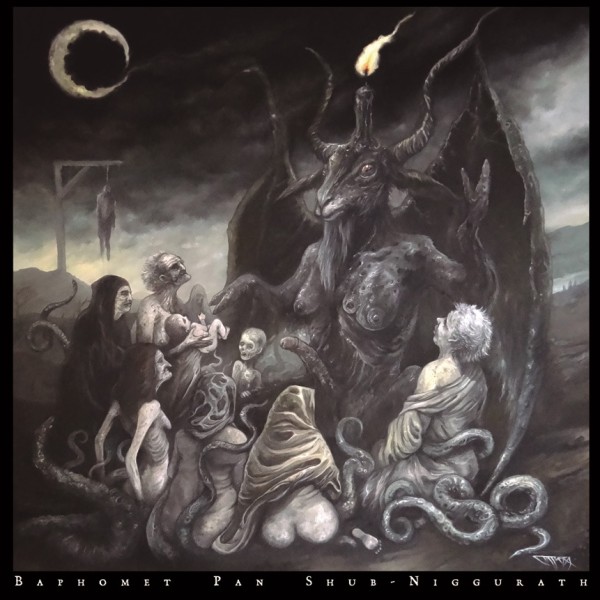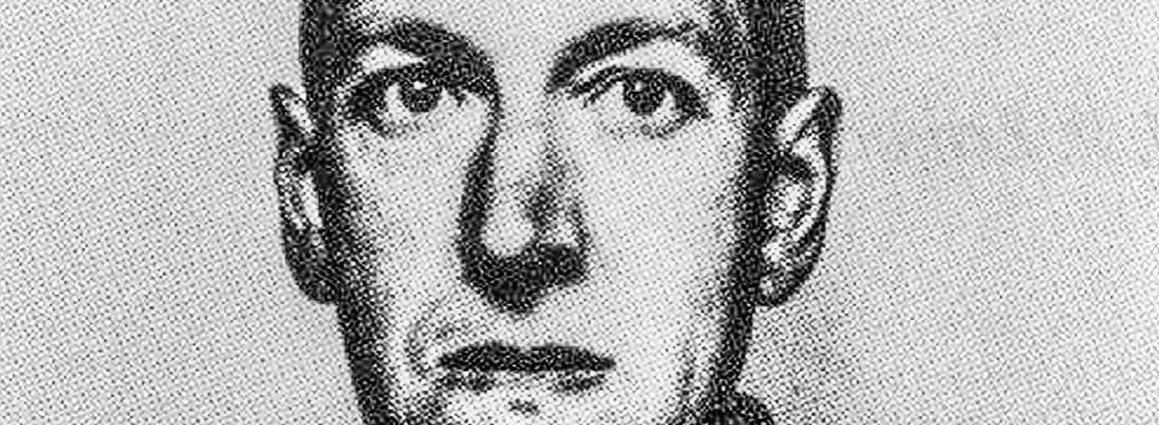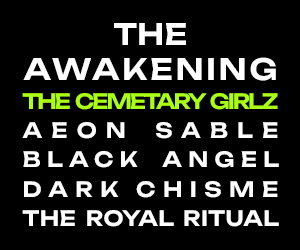Some of the age-old horrors that even now are festering in out-of-way corners with a few monstrous priests to keep them alive. Some people know things about the universe that nobody ought to know, and can do things that nobody ought to be able to do.
– H.P. Lovecraft, The Thing At The Doorstep
You would be hard pressed to name a writer who has had more of an influence on dark culture than H.P. Lovecraft. He is arguably of greater import than even the godfather of gothic literature, Edgar Allen Poe. Aside from his profoundly mesmerizing writing style, Lovecraft’s popularity can be chalked up to the terrifyingly consistent universe that he created throughout his works. Many of his stories are based on the premise that behind the veil of our mundane existence is a world of chaos and darkness ruled by ancient forces that threaten to pierce our false reality with various forms of indifference and malevolence. Elder gods, secret rites, forbidden books and the ghosts of New England merge seamlessly with modern physics to make for a doomed worldview that resonates even in our modern reality. There is a sense that in our universe full of dark matter, parallel universes and an inevitable expiration date that Lovecraft’s world is more of a possibility than other fictional realms. Indeed, it is often through the means of science and research – those hallmarks of truth and reality in our modern secular society – that protagonists uncover and awaken more ancient horrors and truths in Lovecraft. Given the inevitability of doom that lurks throughout Lovecraft’s universe, it is conceivable that the only sane choice is not to fight fate, but to align oneself with the eldritch forces that await us behind the veil of our illusions – and indeed this is what some modern occultists have done.
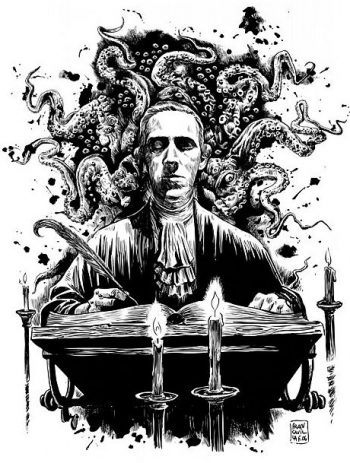 There are a couple of ways Lovecraft is approached as a source of occult wisdom. The first is that of the Chaos Magickian, who operates under the basic premise that, “Nothing is true, everything is permitted.” Given such an approach to reality (or non-reality), Lovecraft is no more or less valid in Chaos Magick than the Key of Solomon or any other grimoire, and certainly Lovecraft’s amoral universe full of abysmal blind beasts is of a certain appeal to the Chaos Magickian. The second is the belief that Lovecraft himself was consciously or unconsciously trafficking in occult wisdom.
There are a couple of ways Lovecraft is approached as a source of occult wisdom. The first is that of the Chaos Magickian, who operates under the basic premise that, “Nothing is true, everything is permitted.” Given such an approach to reality (or non-reality), Lovecraft is no more or less valid in Chaos Magick than the Key of Solomon or any other grimoire, and certainly Lovecraft’s amoral universe full of abysmal blind beasts is of a certain appeal to the Chaos Magickian. The second is the belief that Lovecraft himself was consciously or unconsciously trafficking in occult wisdom.
Some believe that Lovecraft was, in fact, influenced by Aleister Crowley, possibly by way of his wife Sonia Greene, who, it is claimed, Crowley befriended in New York before her marriage to Lovecraft. Another, more plausible, theory is that Lovecraft was not consciously influenced by occult currents, but unconsciously through his rather lucid and fevered dream world. This is the theory expounded by famed occultist Kenneth Grant, who believes Lovecraft was tapping into the same cosmic force as Crowley and occultist Austin Osman Spare.
It is well established that Lovecraft credited his dreams for the source material of many of his stories. It is also believed in many occult traditions that dreams contain not only the Freudian realm of the subconscious, but are a gateway into other dimensions, no less real than our own. No place is this more explicit than in the modern tradition of the Cultus Sabbati, which believes that one may access the Witches’ Sabbat and other eldritch realms through the dream state. Therefore, the theory claims, that Lovecraft was tapping into these realms when he dreamed, eventually unconsciously transmitting occult truths in his writing. It is of little surprise, then, that in so many of Lovecraft’s stories horrors appear first and foremost in his protagonists’ dreams before inevitably breaking through into the material plane with real world consequences. In this understanding of Lovecraft his protagonists’ lives mirrored his real life.
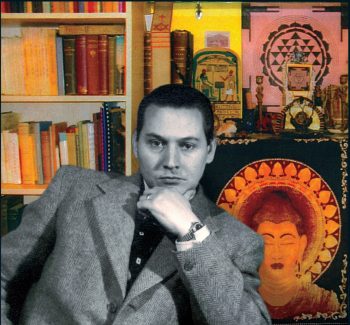
At the same time that Grant was attempting to reconcile Lovecraft with Crowley, Anton LaVey and Michael Aquino were publishing The Satanic Rituals, the official book of rituals for the Church of Satan. In it are two rituals inspired directly by Lovecraft. The first is the “Ceremony of the Nine Angles” that plays upon Lovecraft’s obsession with bizarre geometry. In it, forces are called forth from various angles in space, a common feature of Lovecraft’s stories. The second is none other than “The Call to Cthulhu,” which is exactly what its title claims.
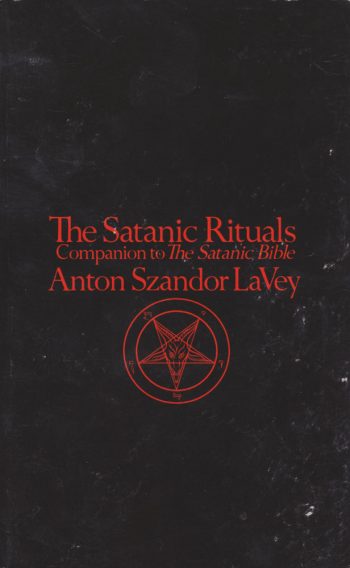 In the introduction to the rituals, Aquino writes “[Lovecraft’s] tales constantly remind the reader that humanity is but a short step from the most depraved and vicious forms of bestiality. He sensed man’s drive toward knowledge, even at the risk of sanity. Intellectual excellence, he seemed to say, is achieved in concert with cataclysmic terror – not avoidance of it. This theme of a constant interrelationship between constructive and destructive facets of the human personality is the keystone of the doctrines of Satanism.” Aquino, like Grant, believed that Lovecraft knew far more than he ever explicitly claimed; “there is no doubt that Lovecraft was aware of rites not quite “nameless” as the allusions in his stories are often identical to actual ceremonial procedures and nomenclature.”
In the introduction to the rituals, Aquino writes “[Lovecraft’s] tales constantly remind the reader that humanity is but a short step from the most depraved and vicious forms of bestiality. He sensed man’s drive toward knowledge, even at the risk of sanity. Intellectual excellence, he seemed to say, is achieved in concert with cataclysmic terror – not avoidance of it. This theme of a constant interrelationship between constructive and destructive facets of the human personality is the keystone of the doctrines of Satanism.” Aquino, like Grant, believed that Lovecraft knew far more than he ever explicitly claimed; “there is no doubt that Lovecraft was aware of rites not quite “nameless” as the allusions in his stories are often identical to actual ceremonial procedures and nomenclature.”
Certainly, a quick glance at even one of Lovecraft’s stories supports Aquino’s claim. In The Dreams in the Witch House, Lovecraft introduces the Black Man of the Witches’ Sabbat, alongside a crone and her familiar. The Black Man was no invention of Lovecraft’s, but instead the very name given to the Devil in his role as the Magister of the traditional Witches’ Sabbat. Similarly, the very mythos of the Outer or Old Gods that runs throughout Lovecraft bears more than a passing resemblance to the story of the Watchers that is so popular in traditional witchcraft circles. There is also much in Lovecraft that rings true for the ceremonial magician as well. For the antinomian Kabbalist, Lovecraft’s universe of blind beasts, obscured spheres and indescribable geometric proportions calls to mind the Qliphoth, or the adverse Tree of Life. Indeed, one of the more interesting uses of Lovecraft by Grant was the construction of a Lovecraft-based Tree of Life.
From these two streams of occult thought – Grant’s Typhonian brand of Thelema and Aquino’s Setianism – has arisen an entire current of occult practice that relies on or incorporates Lovecraft’s mythos. There is even an order named after a secret society in Lovecraft’s The Shadow Over Innsmouth, called The Esoteric Order of Dagon. It is a degreed occult system influenced by Thelema, tantra, paganism, Setianism, and, of course, Lovecraft. Members have included Grant, Aquino, Nicholaj de Mattos Frisvold, and Coil’s John Balance, among other notable authors, artists and occultists.
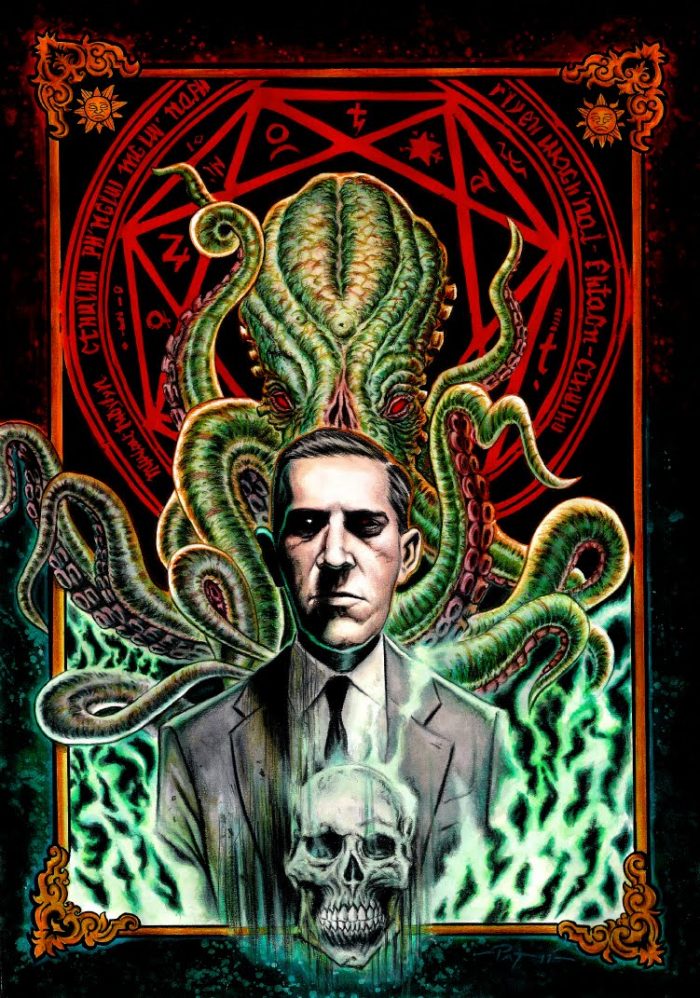
Yet the question remains: is basing an occult system on tales that Lovecraft himself adamantly declared were nothing more than fantasies not further lunacy in a realm already eyed with much suspicion by the rationalists among us? Is there any actual validity in utilizing Lovecraft’s fictional writings and mythos as a basis for a legitimate occult practice? The answer will ultimately depend on the individual. From a “theistic” viewpoint: if one believes, like Grant, that Lovecraft was the unwitting conduit of hidden truths, then calling out “Ph’nglui mglw’nafh Cthulhu R’lyeh wagh’nagl fhtagn” in ritual has both a basis and purpose. From the atheistic practitioner’s standpoint: Lovecraft’s mythos is representative of the anti-cosmic blind idiot force that is built into the cosmos themselves; a force that will eventually consume us all individually and collectively, whether it be tomorrow or a billion years from now. That reality and its accompanying existential dread is the basis for much of the internal darkness that the psycho-dramas of LaVeyian Satanists and Chaos Magickians are tailored to address. One conquers the dread by facing and overcoming it. In many ways, the doom that awaits the protagonists of Lovecraft’s works is simply Death itself. It’s a dramatization of one simple truth writ large: that none of us are getting out of this place alive. The dread that accompanies that realization pre-dates Jean-Paul Sartre, who faced down similar insights. And though Lovecraft is not held in the same regard as Sartre, his work is no less profound at its core, and his monsters no less of an existential psychological threat than that found in Sartre’s “Nausea.” It stands to reason, then, that some would seek to codify and conquer Lovecraft’s universe through the dark arts, as a stand-in for the non-tangible existential dread that permeates the human condition. It is little wonder then that some occultists choose to incorporate Lovecraft into their practice when the reward promised, as described by Lovecraft in The Call of Cthulhu, is such:
The cult would never die till the stars came right again, and the secret priests would take great Cthulhu from His tomb to revive His subjects and resume His rule of earth. The time would be easy to know, for then mankind would have become as the Great Old Ones; free and wild and beyond good and evil, with laws and morals thrown aside and all men shouting and killing and reveling in joy. Then the liberated Old Ones would teach them new ways to shout and kill and revel and enjoy themselves, and all the earth would flame with a holocaust of ecstasy and freedom. Meanwhile the cult, by appropriate rites, must keep alive the memory of those ancient ways and shadow forth the prophecy of their return.
